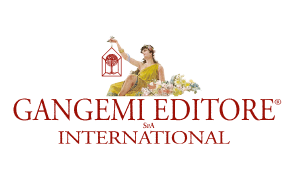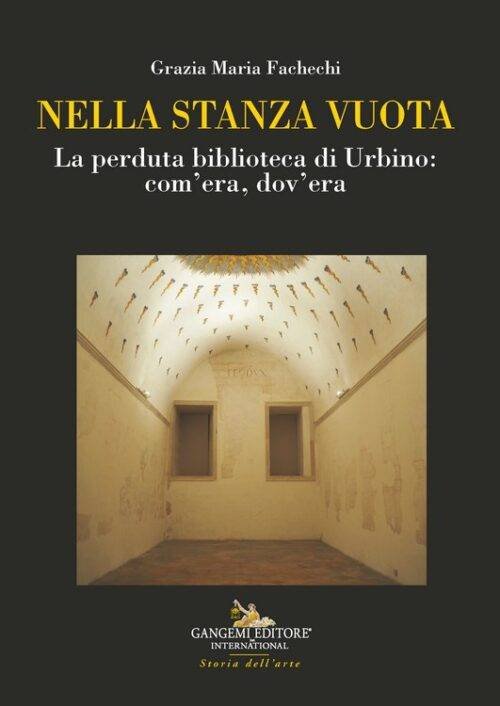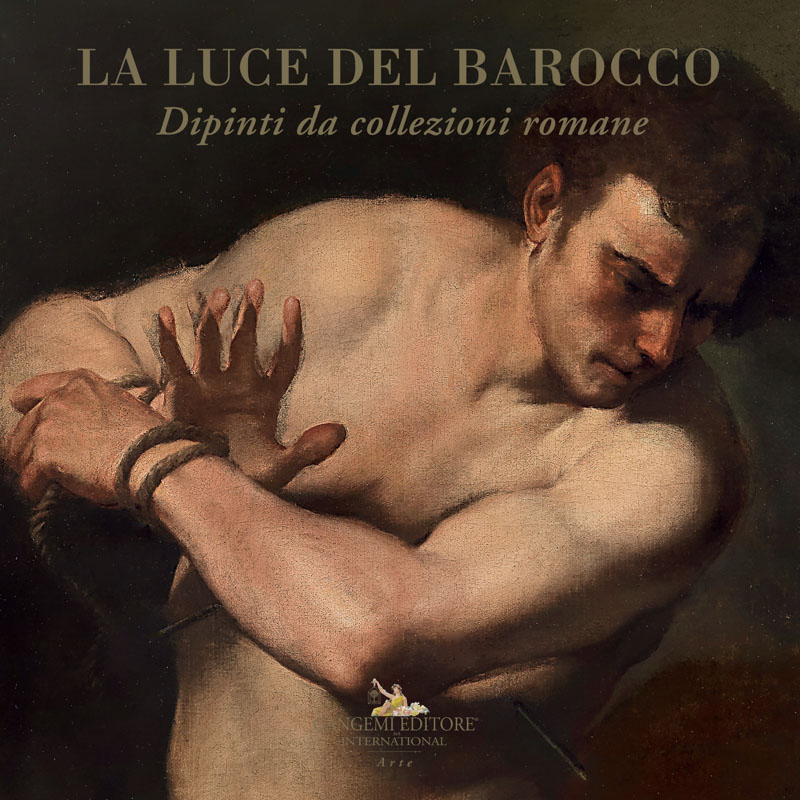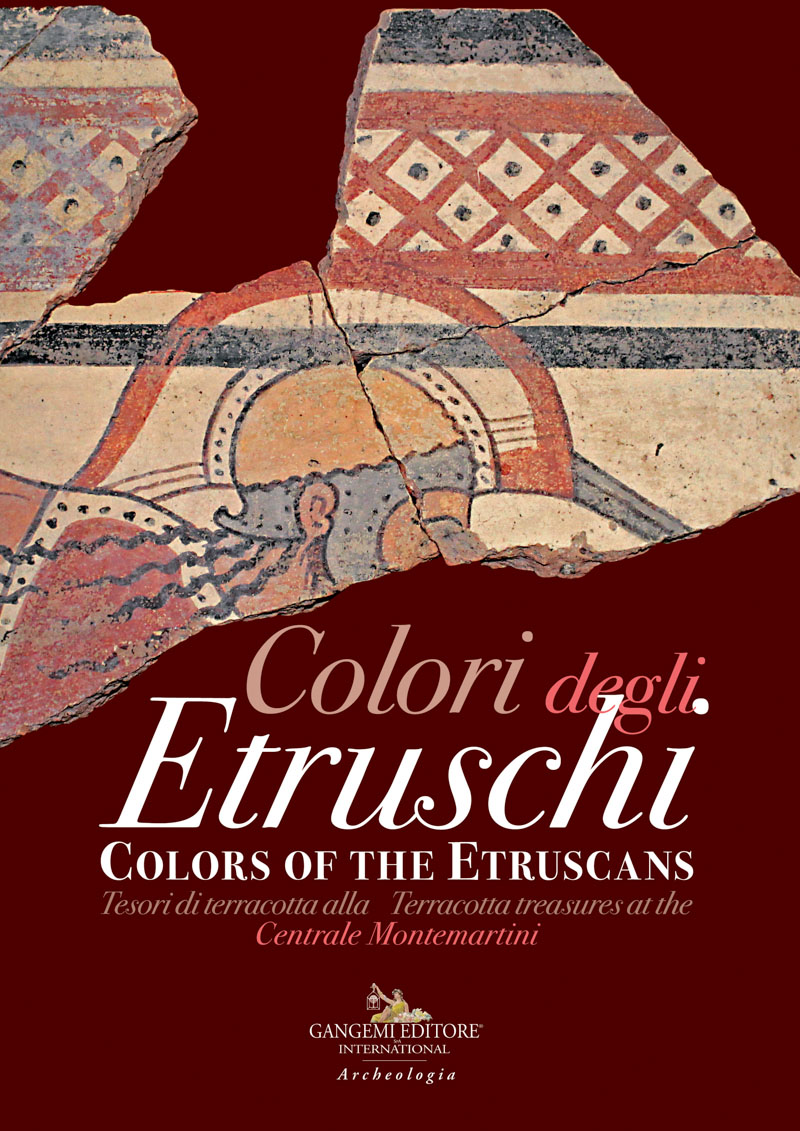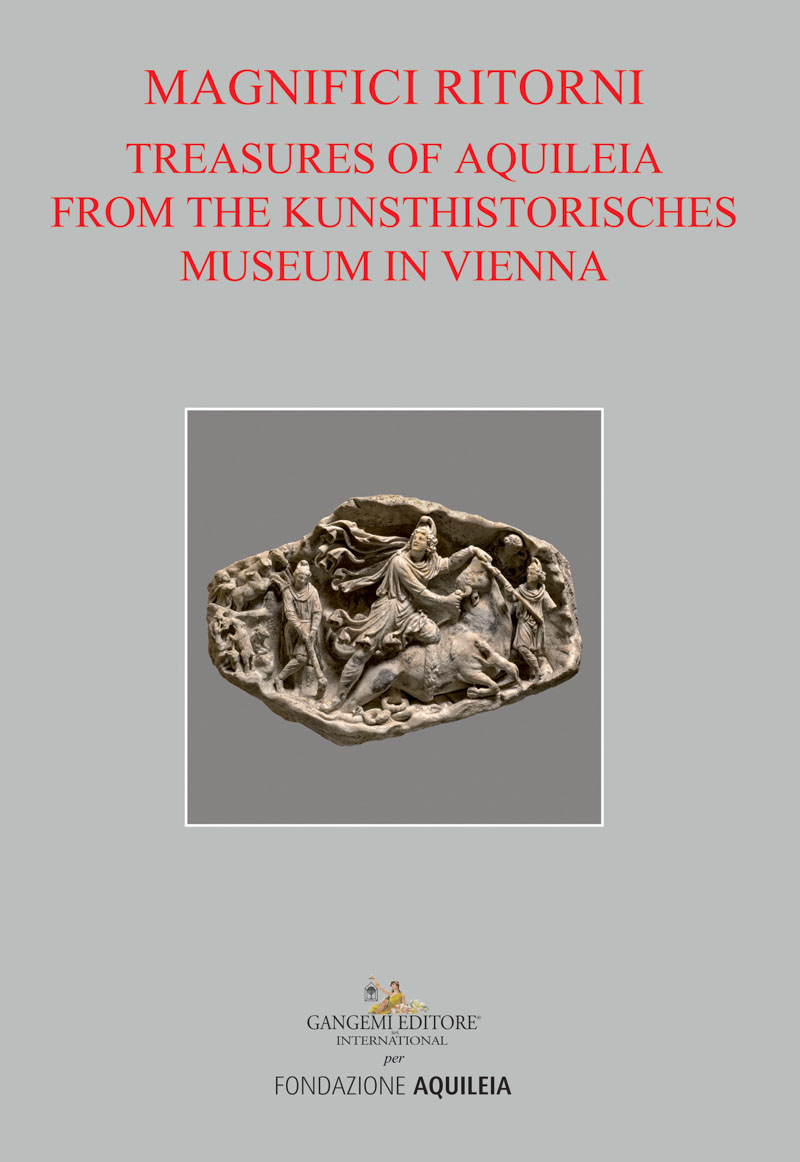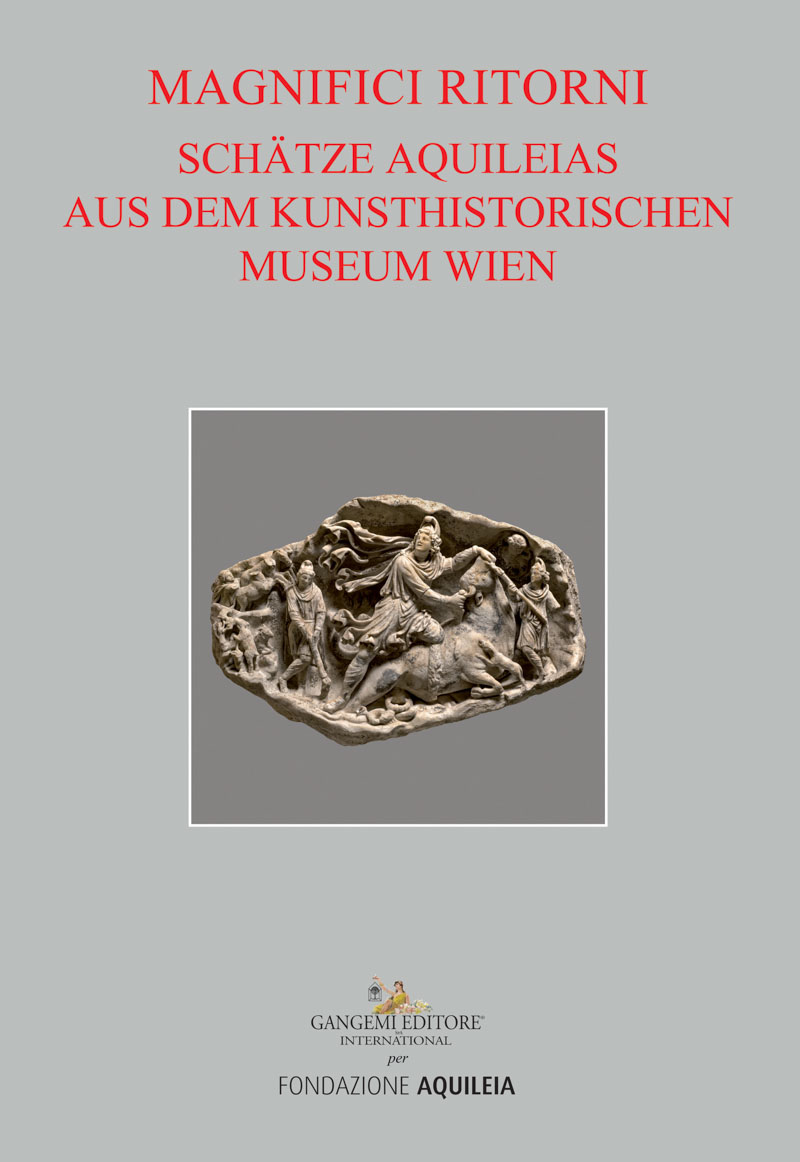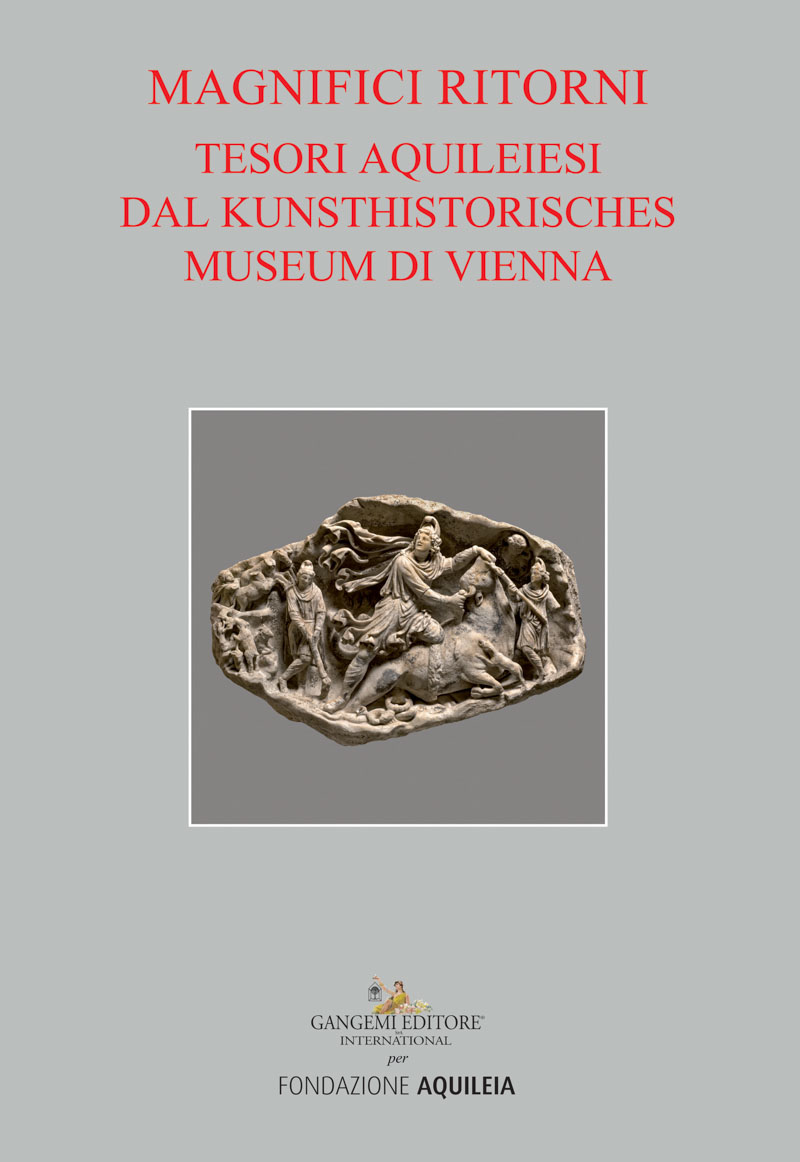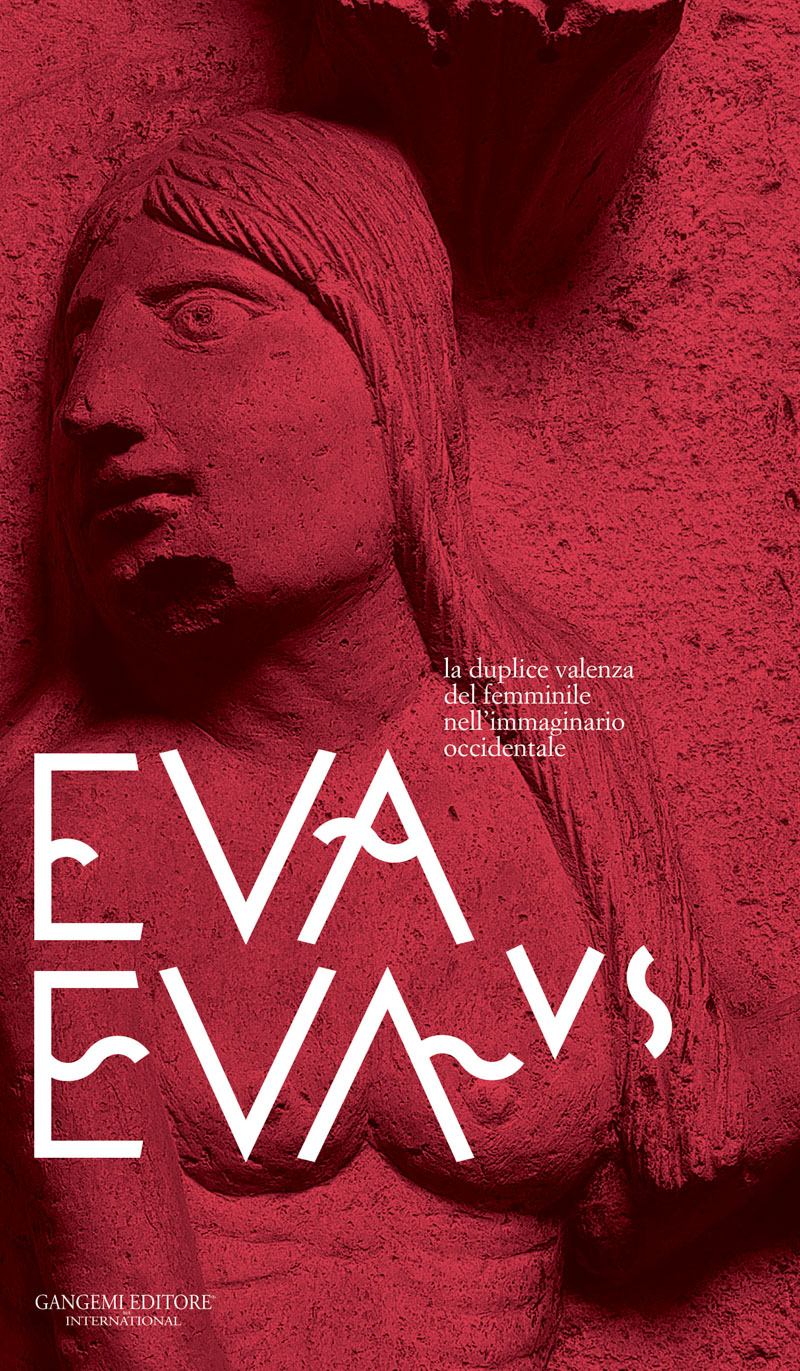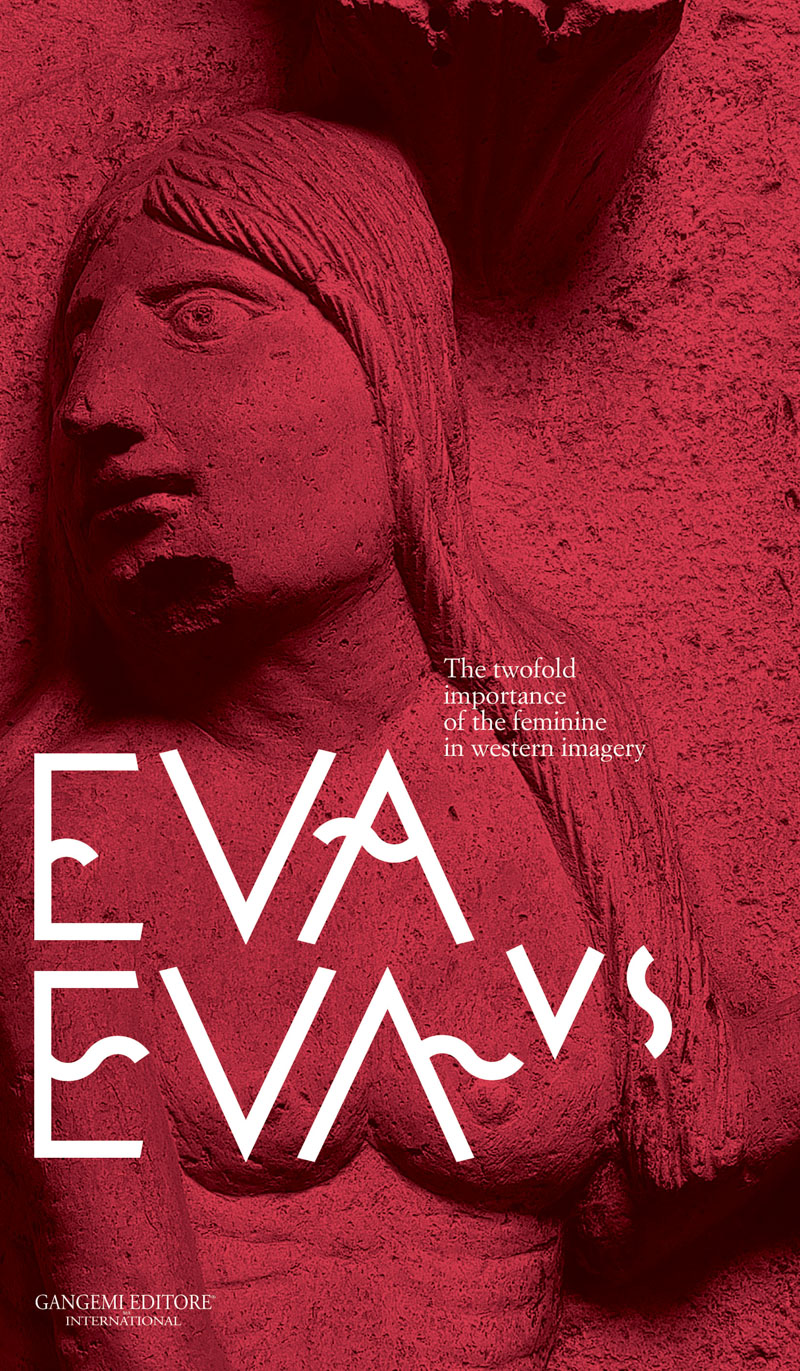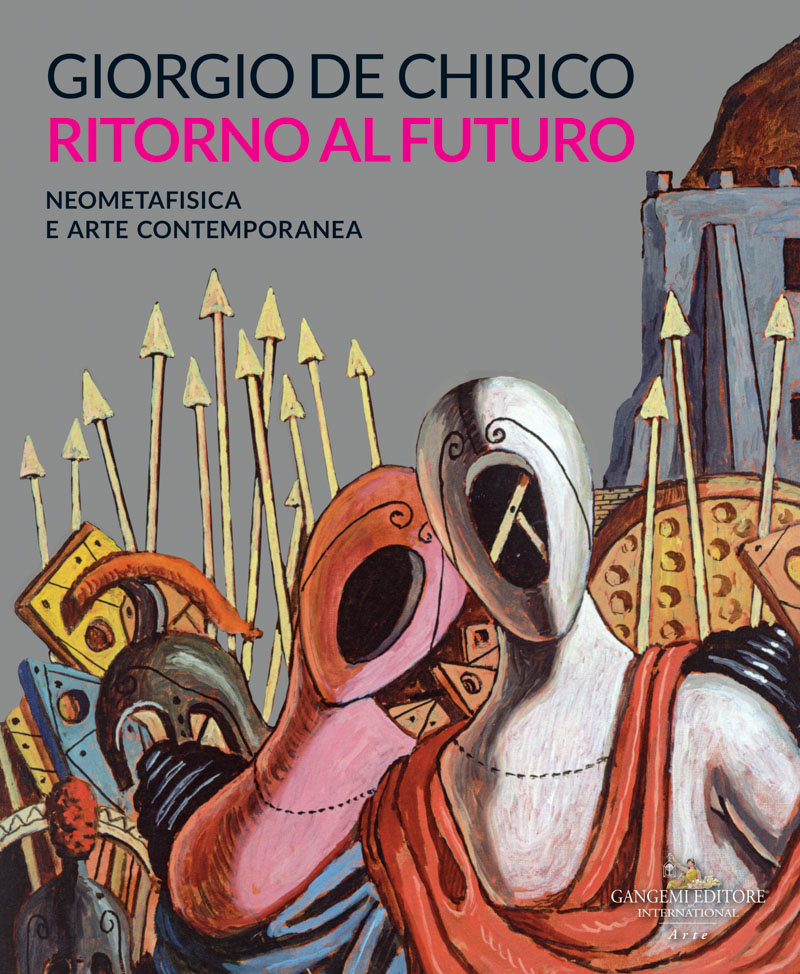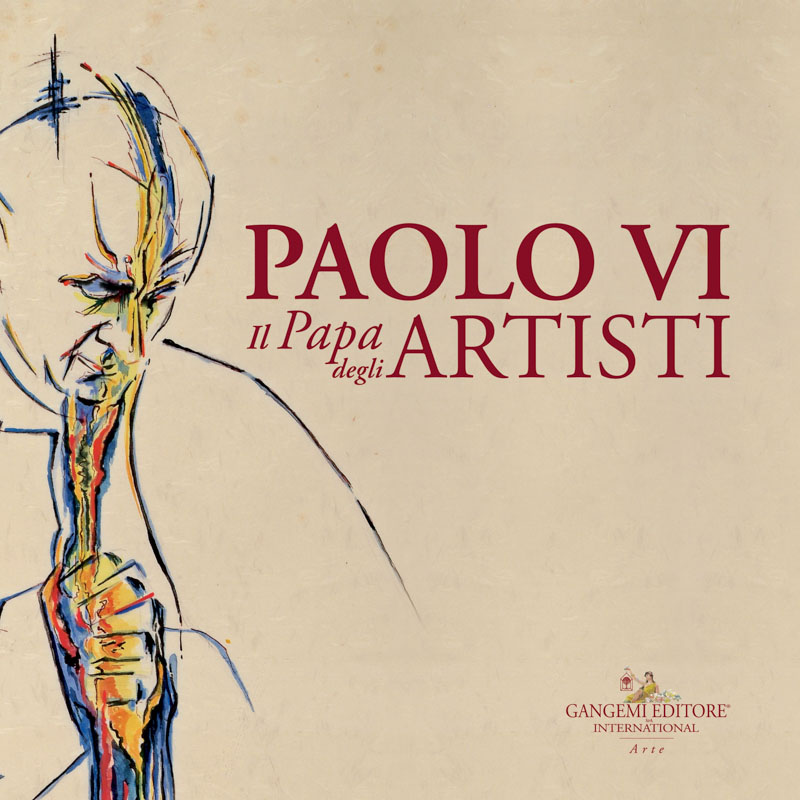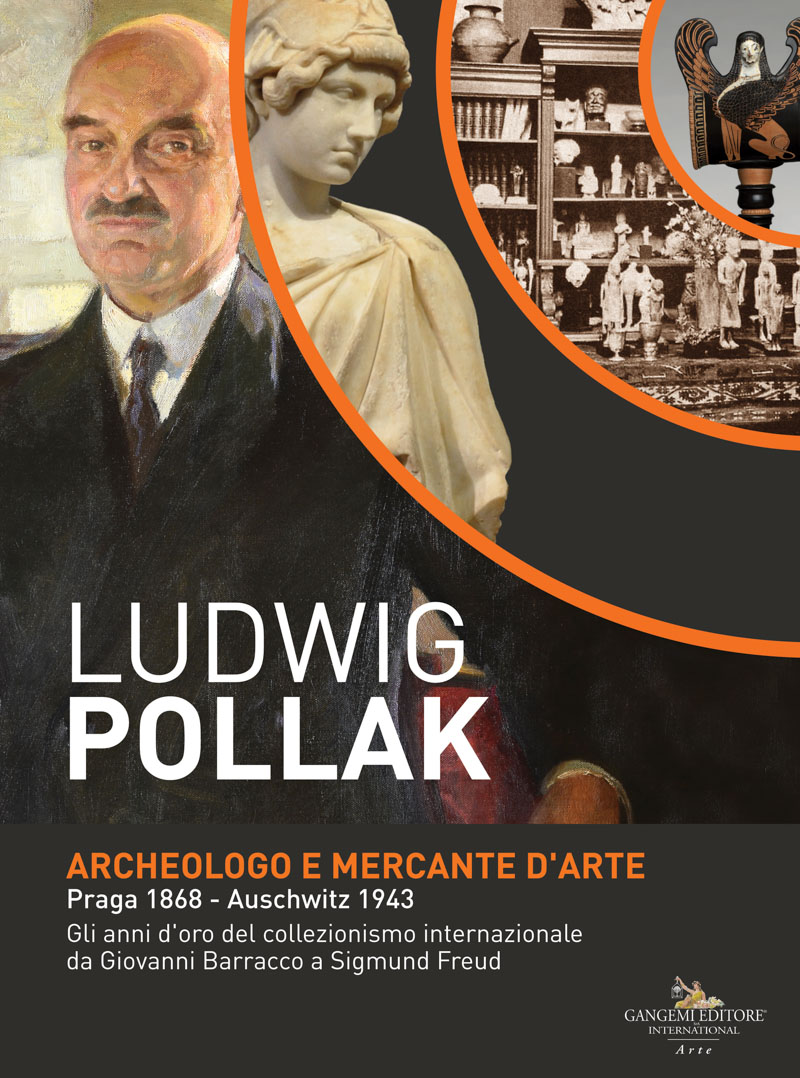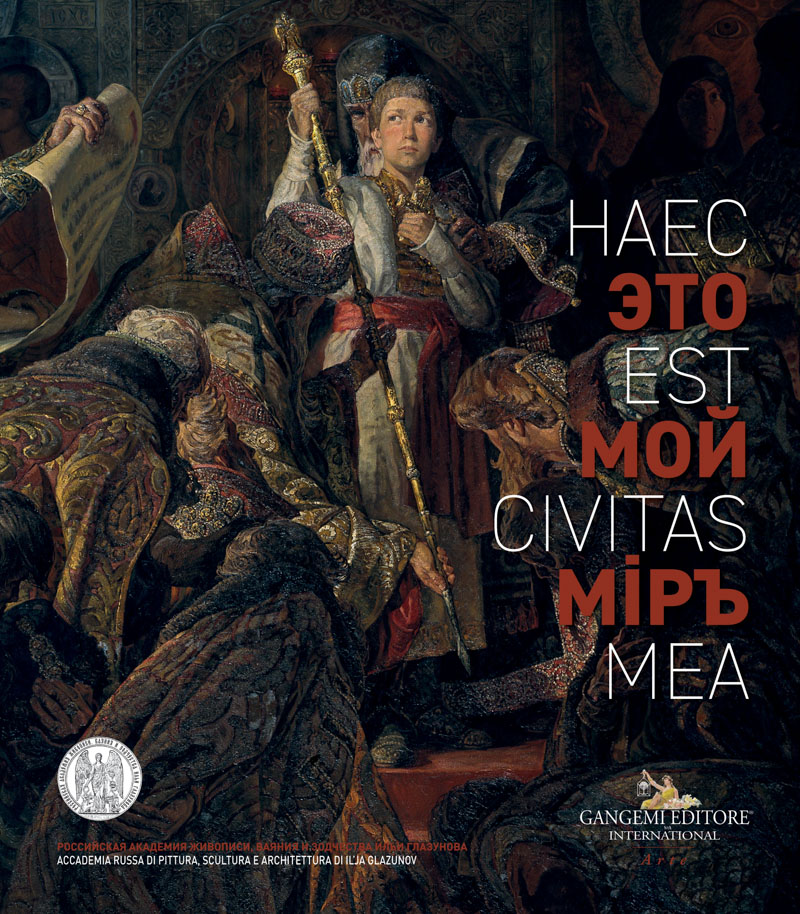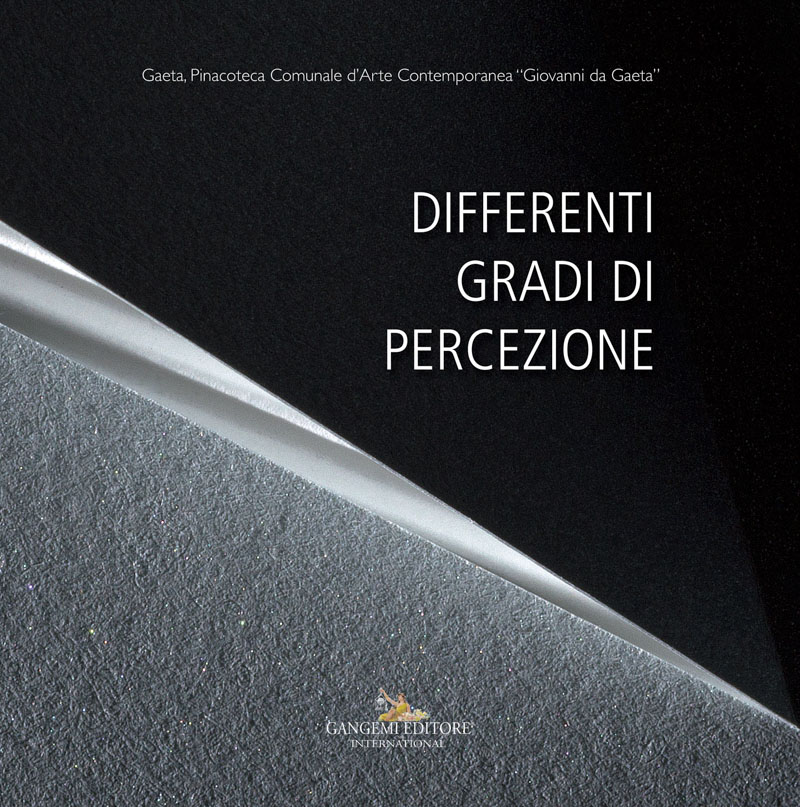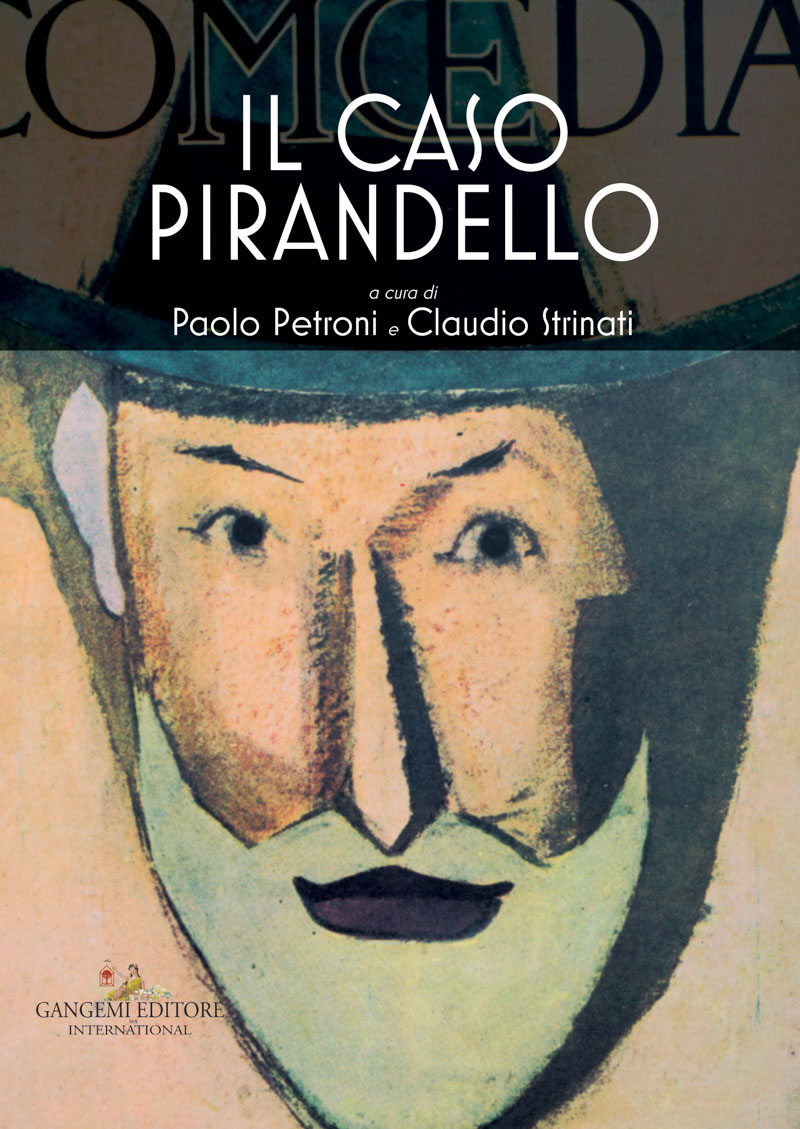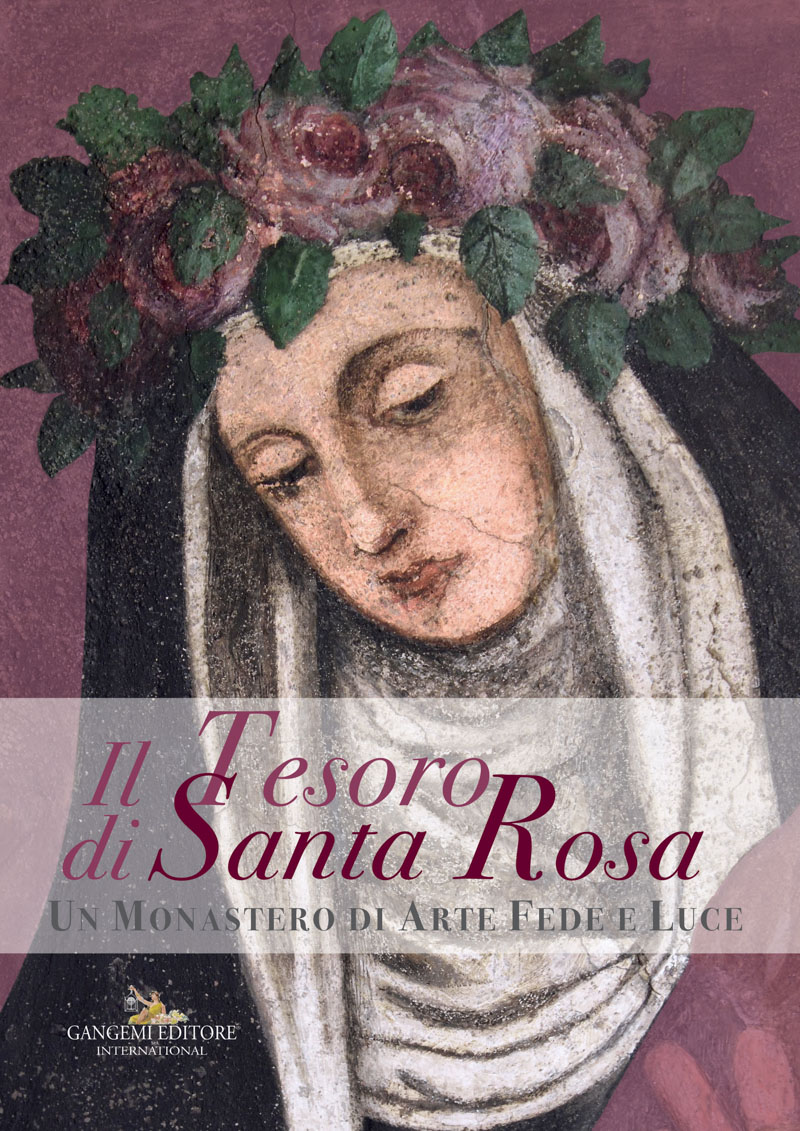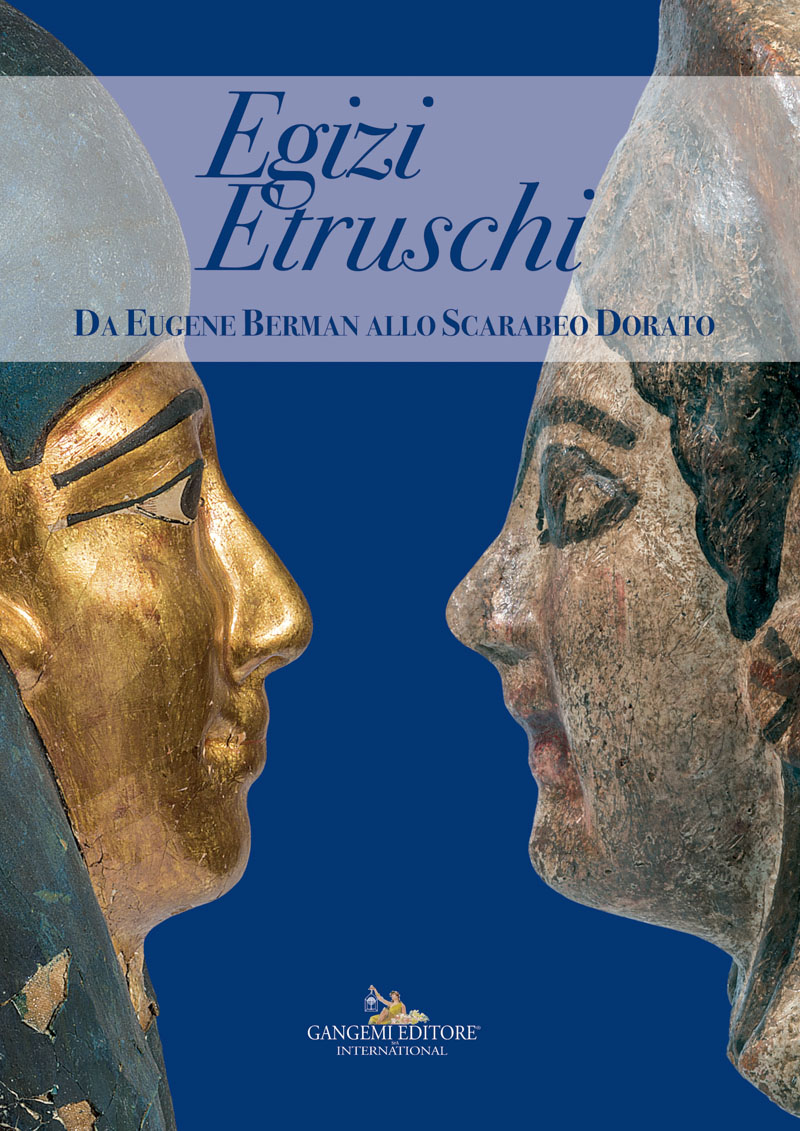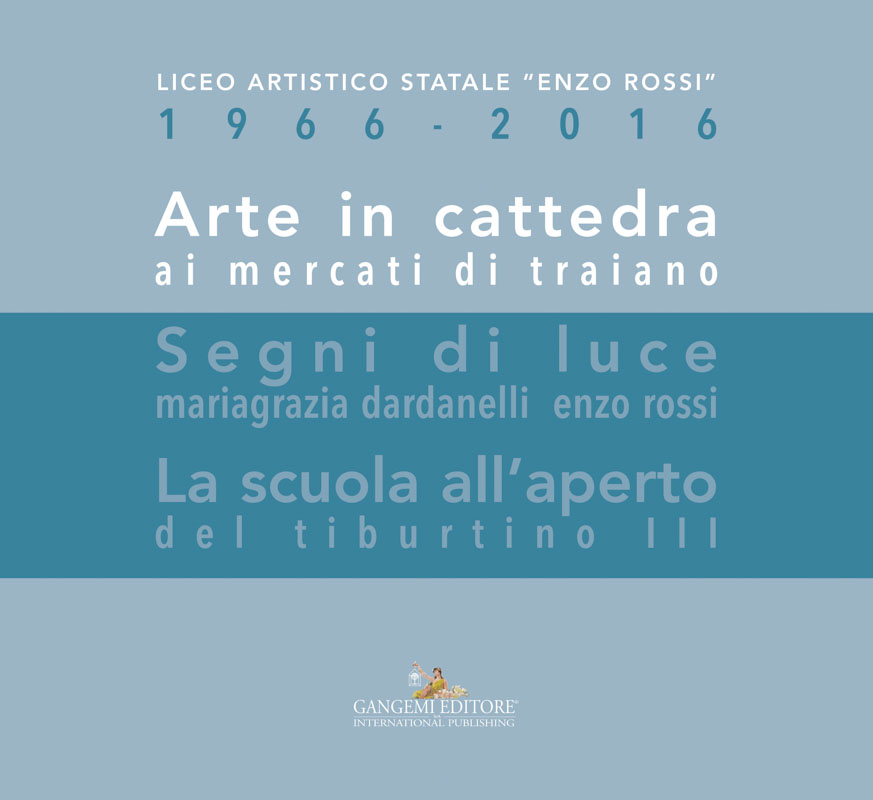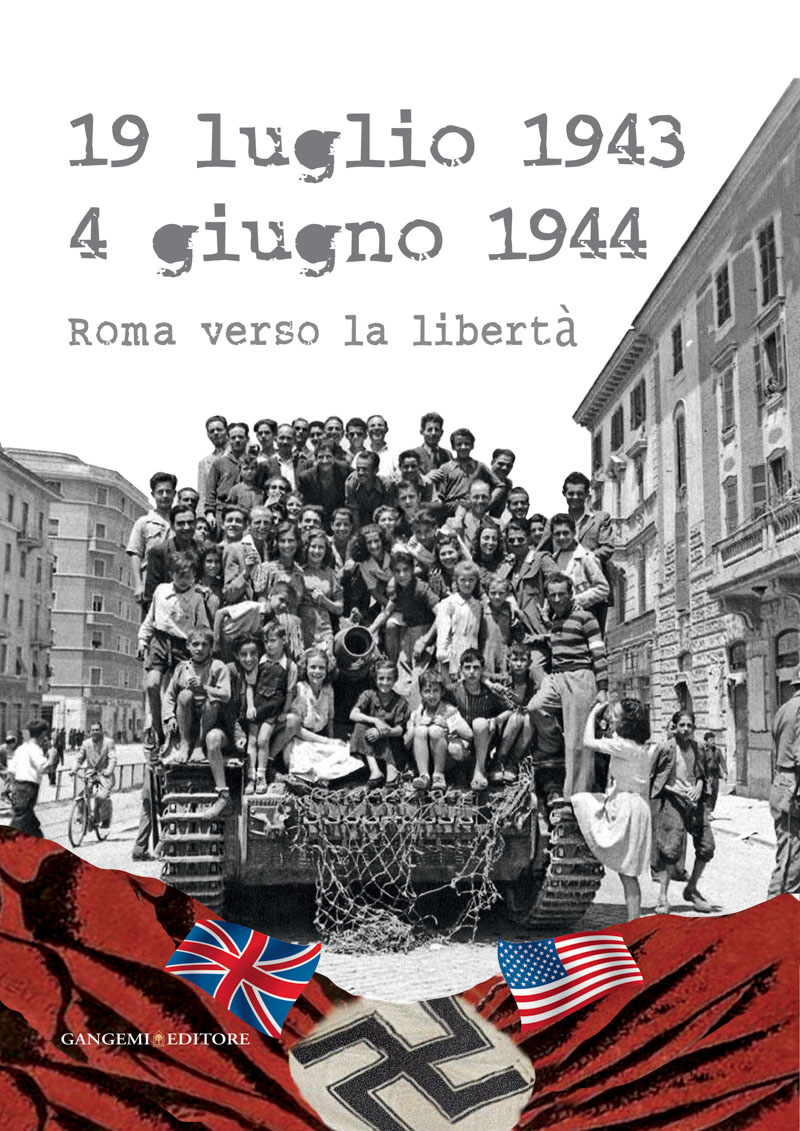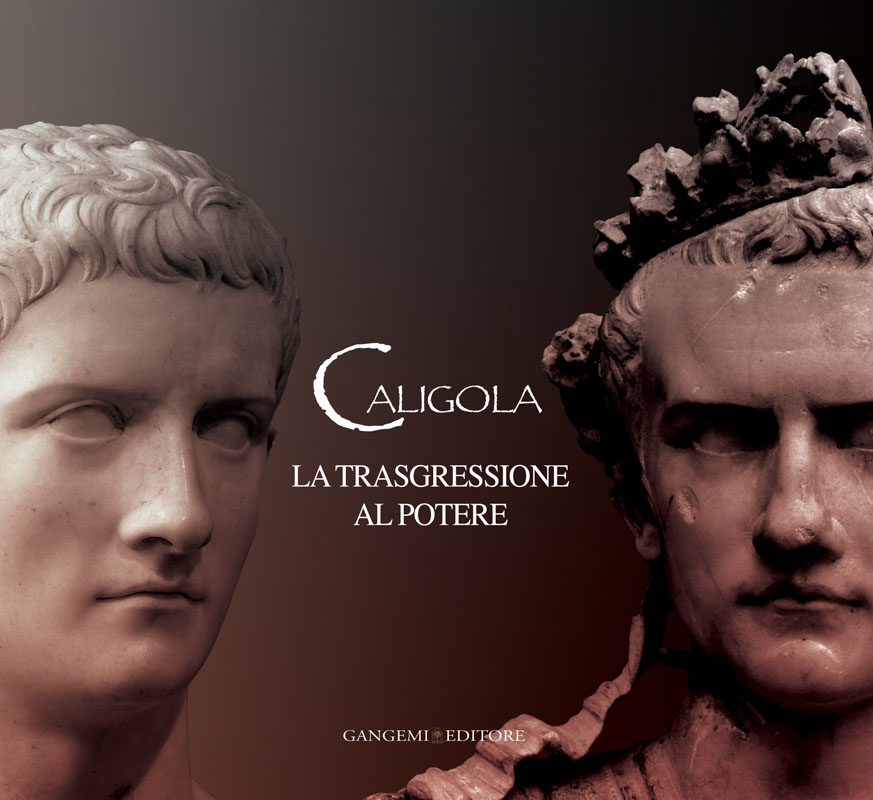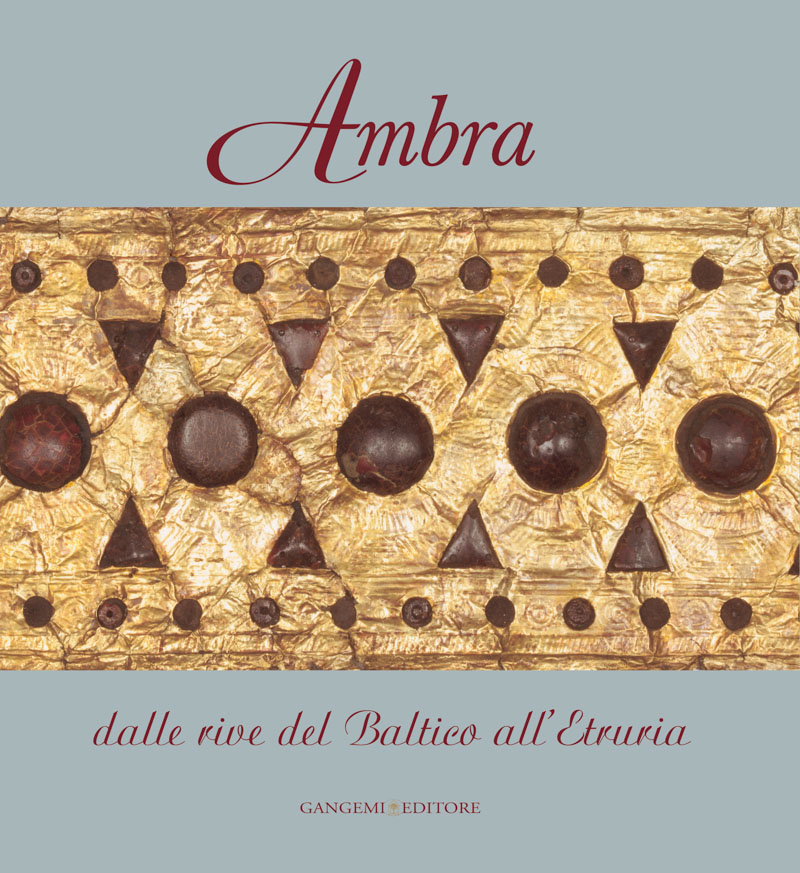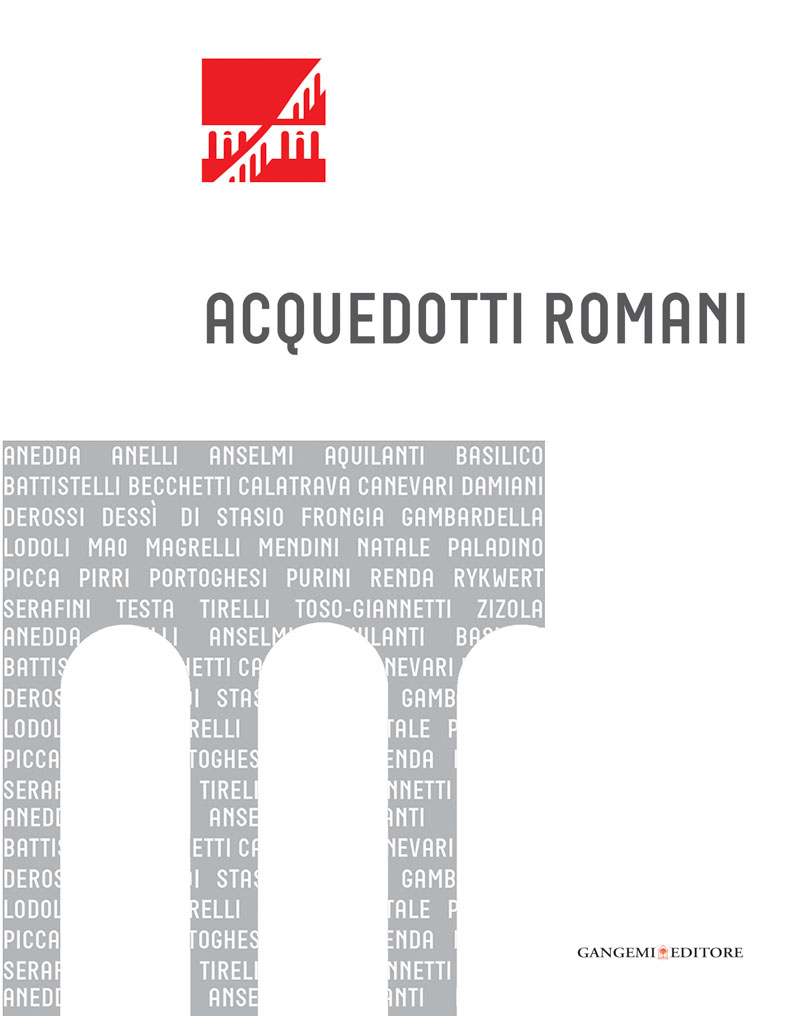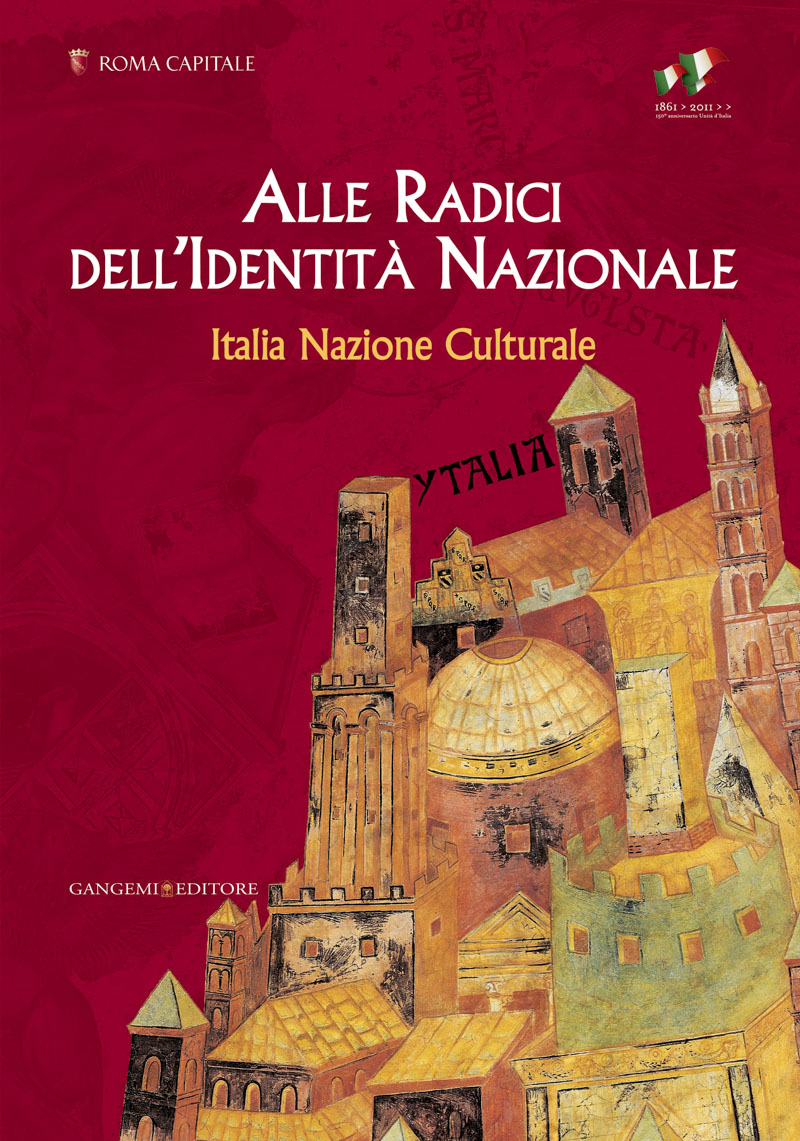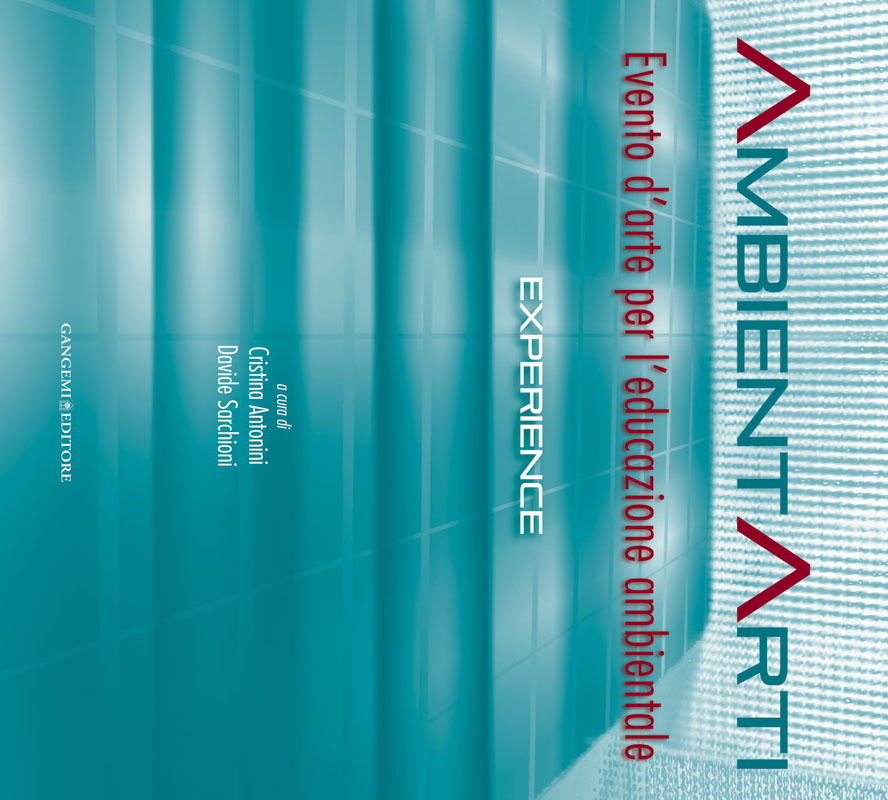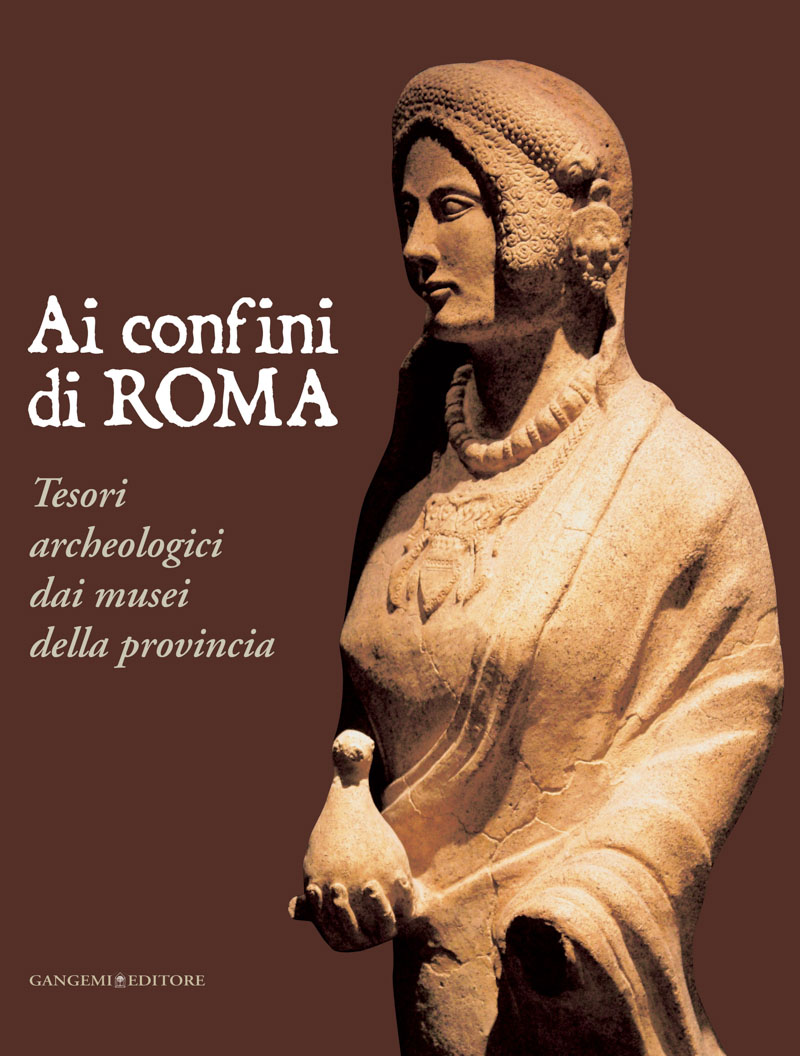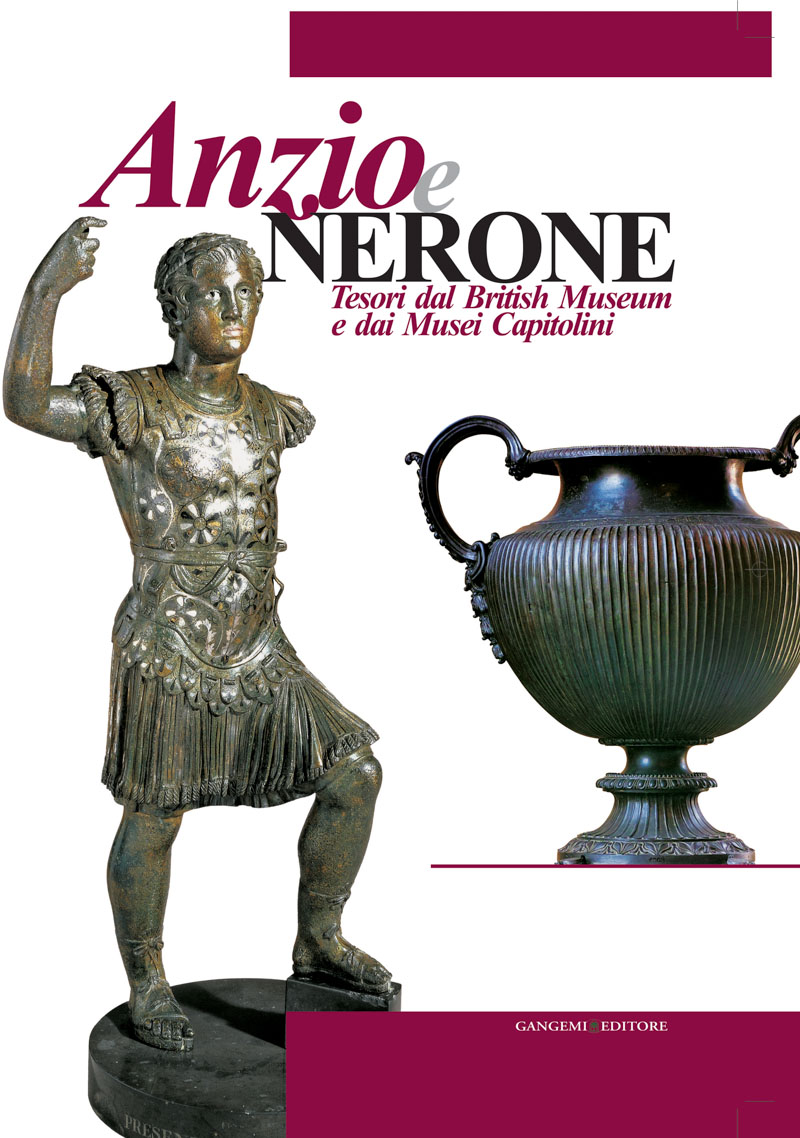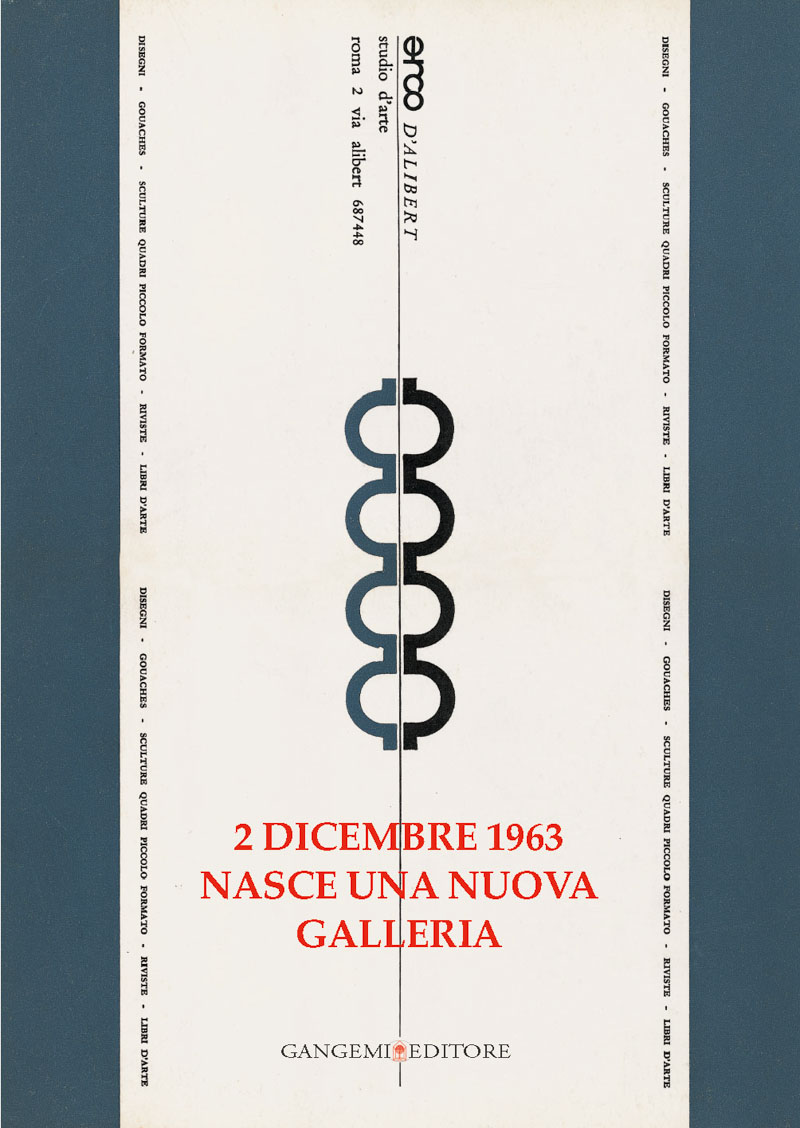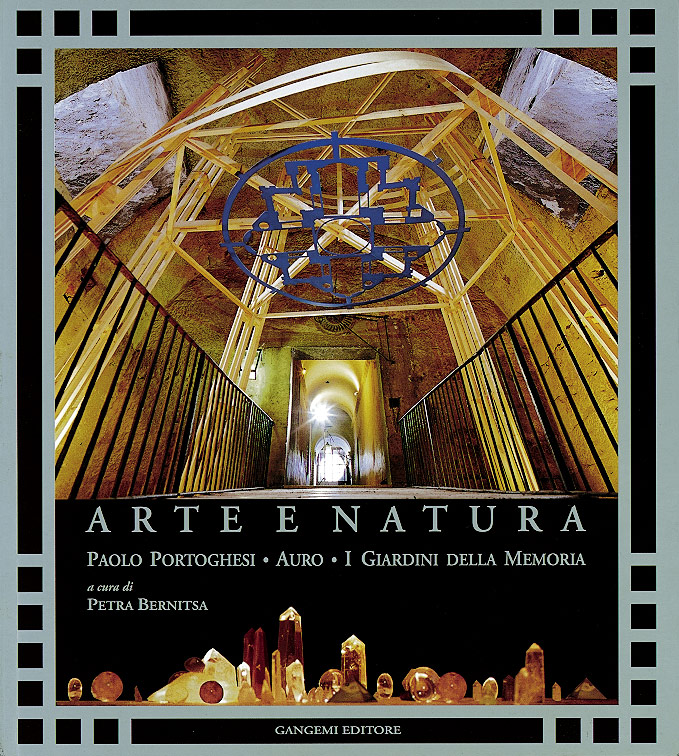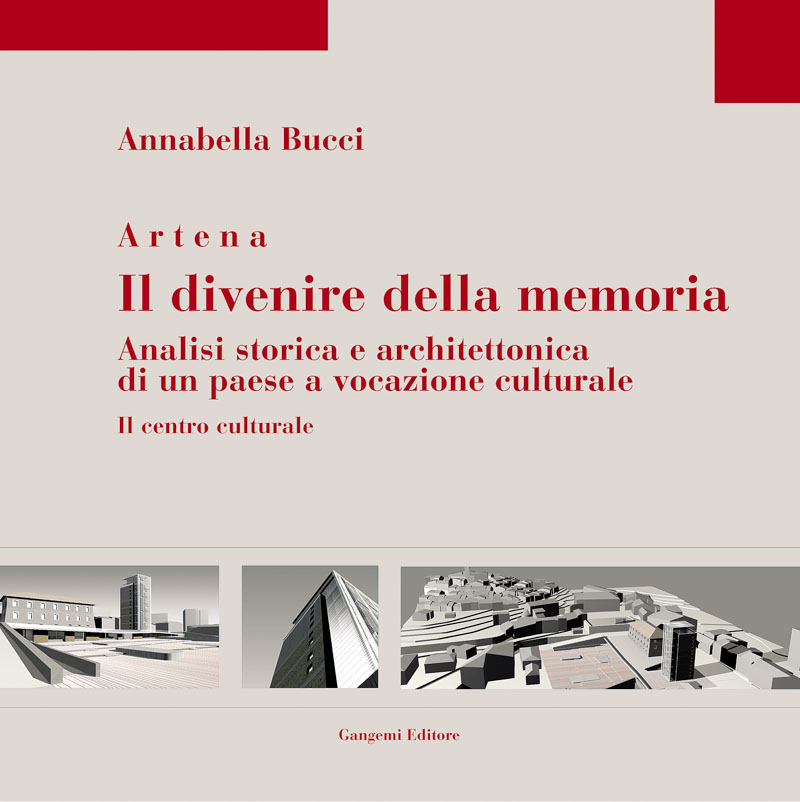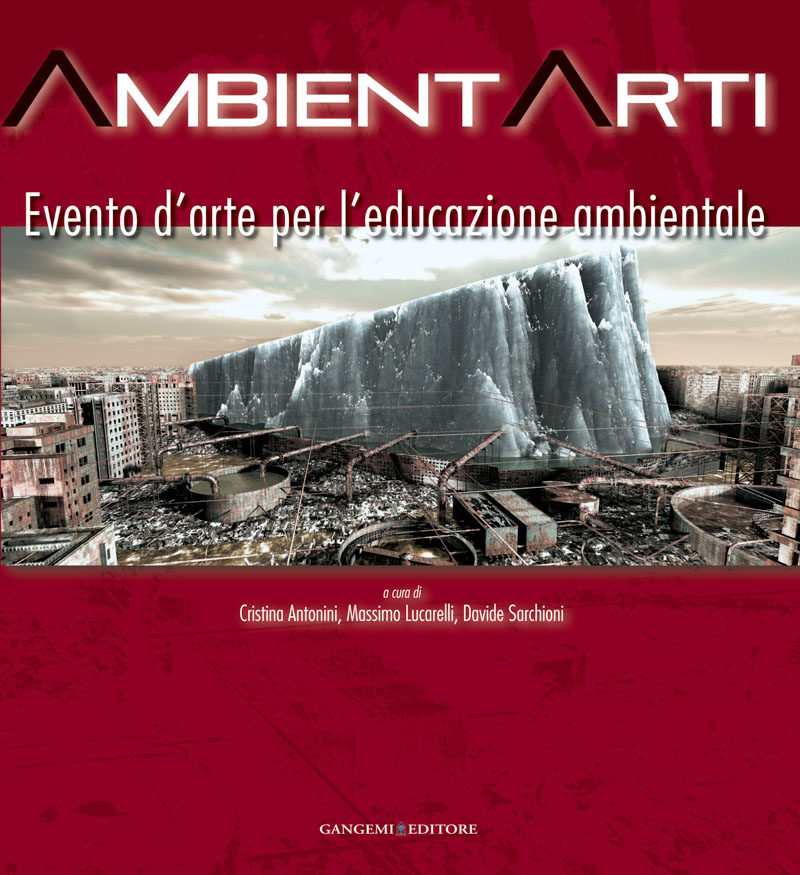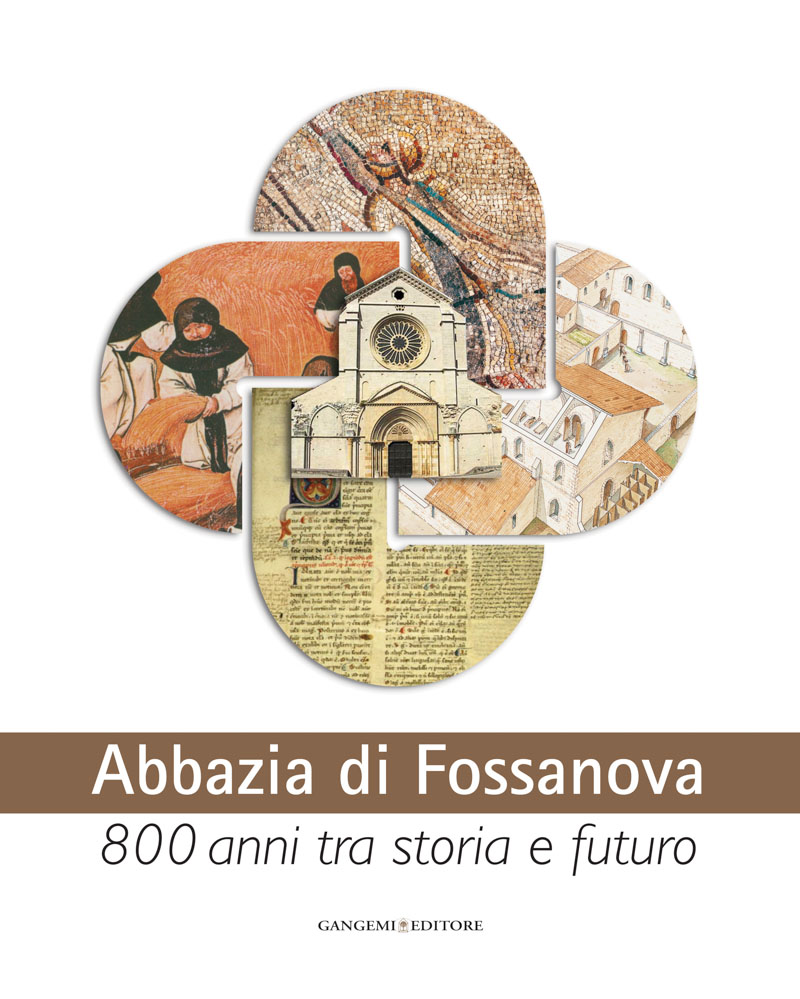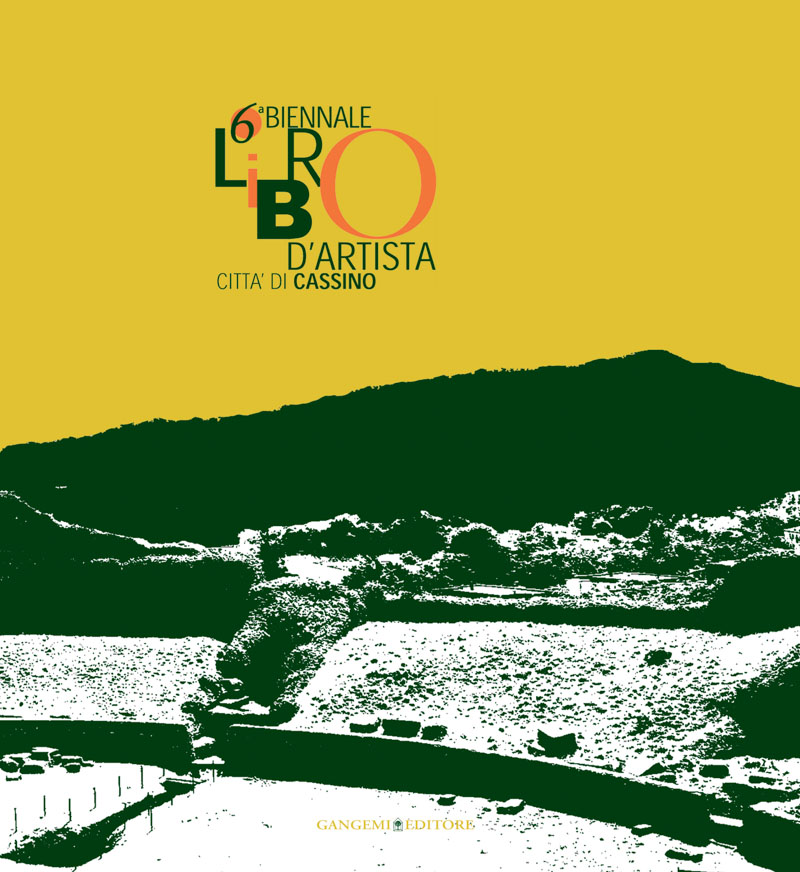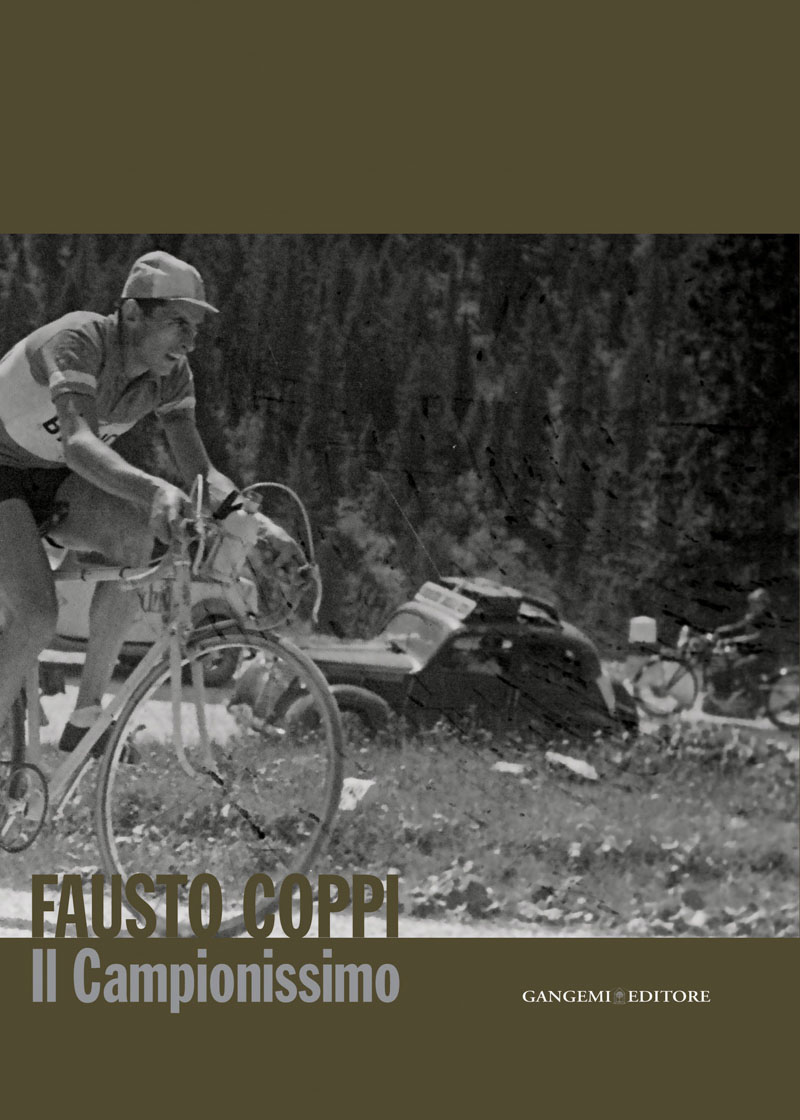
25,00 €
Potrebbero interessarti anche
-
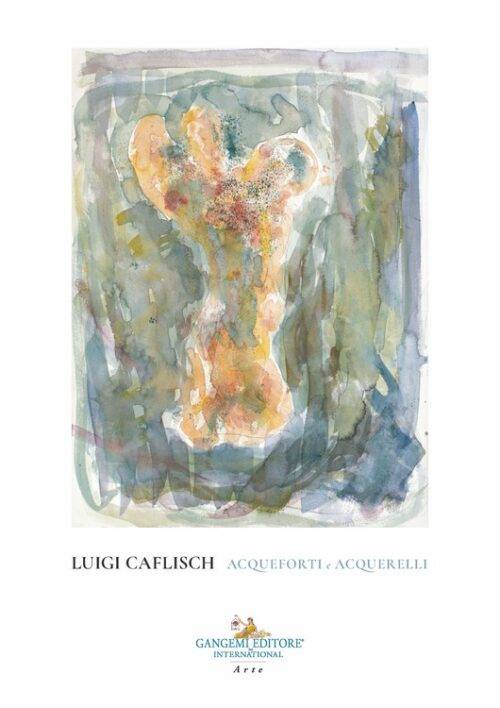
LUIGI CAFLISCH – Acqueforti e acquerelli
A cura di: Dalmazio Ambrosioni
Autori: Caflisch Luigi
Ad sidera per Athanasius Kircher
Autori: Varela Cybèle
Facing English text
Formato: 17 x 24 cm
Legatura: Filorefe
Pagine: 96
Anno edizione: 2008
ISBN: 9788849214161
EAN: 8849214162
UB. INT. : T811A V14c V25a V41b
Contenuto
Prefazione di Paolo Portoghesi
Athanasius Kircher (1602-1680), considerato l’ultimo degli eruditi universali, creò nel 1651, nello spazio della Crociera al Collegio Romano, il suo famoso museo del mondo, che presto diventò una tappa obbligata per i visitatori della Roma barocca. Quattro secoli dopo, l’artista Cybèle Varela ha deciso di rendere omaggio a questa figura poliedrica ed ispiratrice, con la mostra Ad Sidera, per Athanasius Kircher, presentata nello stesso luogo dove era il museo kircheriano, oggi sede distaccata della Biblioteca d’archeologia e di storia dell’arte di Roma.
Artista di caratura internazionale, Varela ha realizzato numerose mostre in Europa e nelle Americhe e le sue opere sono presenti in rilevanti musei del mondo. In questa mostra, presenta dipinti di ispirazione Pop surrealista, fotografie, libri e una versione riformulata dell’obelisco concepito dal Kircher e dedicato a Cristina di Svezia e poi a Clemente IX. Il catalogo accompagna la mostra e contiene saggi di noti storici, che mettono in luce aspetti della personalità e del lavoro di Kircher, in relazione con le opere dell’artista, oltre ad un testo della Varela nel quale esordisce il bucaniere Capitano Meraviglia, personaggio da lei creato come divertente protagonista del teatro del mondo kircheriano.
Testi di: Maurizio Fallace, Peter-Hans Kolvenbach S.J., Paolo Portoghesi, Eugenio Lo Sardo, Francesco Sisinni, Mauro Giancaspro, Cybèle Varela, Alessandro Orlandi, Enrico Salvatore Anselmi e Ariane Varela Braga.
Athanasius Kircher (1602-1680), considered the ultimate universal erudite, created in 1651, in the space of the Crociera of the Collegio Romano his famous museum of the world, which soon became a must-see place in Baroque Rome. Four centuries later, the artist Cybèle Varela has decided to pay tribute to this incredibly inventive and inspirational figure, with the exhibition Ad Sidera, per Athanasius Kircher, presented in the same place where Kircher had his museum, which is today Rome’s Library of archaeology and art history annex.
An artist of international standing, Varela has exhibited widely across Europe and the Americas and her work is part of relevant museum collections around the world. In this exhibition she shows Pop-surrealist paintings, photographs, books, and a reformulated version of the obelisk designed by Kircher and dedicated to Christina of Sweden and afterwards to Clement IX. This catalogue accompanies the exhibition and contains essays by leading historians, highlighting aspects of Kircher’s personality and work relating them to the artist’s creations, together with a text by Varela in which the buccaneer Captain Meraviglia, an amusing character invented by the artist, makes his first appearance in Kircher’s theatre of the world.
Contributors: Maurizio Fallace, Peter-Hans Kolvenbach S.J., Paolo Portoghesi, Eugenio Lo Sardo, Francesco Sisinni, Mauro Giancaspro, Cybèle Varela, Alessandro Orlandi, Enrico Salvatore Anselmi and Ariane Varela Braga.
Biografia di Athanasius Kircher (Geisa, 1602 Rome 1680)
L’ultimo di nove figli, Kircher dimostrò fin dall’inizio di possedere un’intelligenza precoce e un’insaziabile curiosità, che lo portarono ad interessarsi ad innumerevoli aspetti della conoscenza umana. Nel 1614 entra al Collegio gesuita di Fulda. Studia filosofia e teologia a Paderborn, Colonia e Mayence, dove viene ordinato prete nel 1628. Insegna filosofia, matematiche e lingue orientali all’Università di Würzburg. Nel 1631, con gli eventi della Guerra di trent’anni, trova rifugio ad Avignone. E’ successivamente chiamato a Vienna per succedere a Keplero come matematico presso la corte degli Habsburg. Tramite l’intervento dell’astronomo francese Nicolas-Claude Fabri de Peiresc, viene però chiamato a Roma dove è nominato professore di fisica, scienze matematiche e lingue orientale al Collegio Romano. Il Collegio Romano diventerà il centro delle sue attività per il resto della sua vita. Nell’ambiente oggi conosciuto come Sala Crociera, creerà il suo famoso museo delle meraviglie, noto come il Museum Kircherianum.
Pubblicò un gran numero di trattati dedicati ad un’impressionante diversità di temi tra cui : musica, astronomia, ottica, geologia, lingue orientali, matematica, egittologia, occultismo e cabala. Pensò di aver scoperto il segreto dei geroglifici e collaborò tra l’altro con Bernini all’elaborazione dell’obelisco della fontana dei fiumi in piazza Navona. Malgrado il fatto che le sue interpretazioni non fossero corrette le sue idee diedero un importante impulso allo studio della lingua degli egizi. Dopo un periodo di relativo oblio, l’opera di Kircher è da qualche tempo l’oggetto di una profonda rivalutazione. Viene considerato come l’ultimo erudito universale.
Tra le sue pubblicazioni : Ars Magnesia (1631), Lingua Aegyptiaca restituta (1643), Musurgia universalis, sive ars magna consoni e dissoni (1650), Mundus subterraneus, quo universae denique naturae divitiae (1664-78) o Ars magna lucis et umbrae (1671).
The last of nine children, Kircher from the outset showed a particularly vivid curiosity and early intelligence that led him to become interested in many aspects of human knowledge. In 1614 he entered the Jesuit College of Fulda. He studied philosophy and theology in Paderborn, Cologne and Mayence, where he was ordained a priest in 1628. He taught philosophy, mathematics and Oriental languages at the University of Würzburg. In 1631, due to the Thirty Years War events, he found refuge in Avignon. He was subsequently called to Vienna to succeed to Kepler as mathematician at the Habsburgs court. Thanks to the intervention of the French astronomer Nicolas-Claude Fabri de Peiresc, he was invited to Rome where he was appointed professor of physics, mathematics and Oriental languages at the Jesuit Collegio Romano. The Collegio Romano will become the centre of his activities for the rest of his life. In the place today known as the Sala Crociera, he would create his famous museum of marvels, known as the Museum Kircherianum. He published a large number of books dedicated to an impressive variety of topics including: music, astronomy, optics, geology, Oriental languages, mathematics, Egyptology, occultism and kabbalah. He believed he discovered the secret of the hieroglyphics and worked with Bernini as a counselor for the obelisk of the Fountain of the Four Rivers in piazza Navona. Despite the fact that his interpretation of the hieroglyphics was not correct, his ideas gave an important impetus to the study of the Egyptian language. After a period of relative neglect, Kircher’s work is now subject of a profound reassessment. He is regarded as the ultimate universal erudite.
Among his publications are: Ars Magnesia (1631), Lingua Aegyptiaca restituta (1643), Musurgia universalis, sive ars magna consoni e dissoni (1650), Mundus subterraneus, quo universae denique naturae divitiae (1664-78) o Ars magna lucis et umbrae (1671).
Cybèle Varela
Dal 1962 al 1966 frequenta il corso di arte visive del Museu de Arte Moderna di Rio de Janeiro. Già nel 1959 riceve il suo primo premio, nel Museu Nacional de Belas Artes. Fonda un’associazione culturale, l’AAA, che Le permette di approfondire la sua passione per la musica ed il teatro. Nello stesso tempo, tiene diverse mostre personali a Rio e partecipa a mostre collettive in tutto il Brasile e in America Latina. Prende parte attivamente al movimento tropicalista, legato al clima Pop. Realizza grandi composizioni dipinte in vernice industriale e oggetti in box-form nei quali svolge uno sguardo critico su tematiche urbane, rivolgendo un’attenzione particolare agli aspetti legati al movimento delle forme. Di questo periodo è il trittico dipinto su legno De tudo aquilo que podia ter sido e que não foi (Di tutto quello che avrebbe potuto essere ma che non fu), premio «Giovane Arte Contemporanea» al Museu de Arte Contemporânea di San Paolo.
Nel 1968 si trasferisce a Parigi, dopo aver ricevuto una borsa di studi del governo francese. Studia all’Ecole du Louvre e all’Ecole Pratiques des Hautes-Etudes (Sorbonne); è artista in residenza alla Cité Internationale des Arts. A Parigi, il suo lavoro si inserisce nella prospettiva della figurazione narrative. Il suo interesse è soprattutto rivolto allo studio della luce solare e delle sue interferenze spazio-temporali, che sviluppa attraverso dipinti, fotografie e video e che le garantiscono un’attenzione immediata da parte della critica parigina.
Partecipa al «Salon Comparaison», al «Grands et Jeunes d’Aujourd’hui», al «Salon de Mai» e tiene mostre personali a Parigi, Londra e in Germania. Nel 1975, viene scelta tra i migliori artisti francesi dell’ anno, nella mostra itinerante «30 Créateurs – Sélection 75».
Nel 1978, si stabilisce a Ginevra, dove prosegue le sue ricerche tra dipinti, fotografie e video, che presenta nel 1980 nella sua personale al Musée des Beaux-Arts di Losanna e al Museu de Arte Contemporânea di San Paolo e successivamente nel Museum of the Americas di Washington D.C. La sua opera è segnata all’attenzione portata alla natura, che diventa il tema principale dell’artista negli anni 80 nella serie Images ; realizza innumerevoli mostre personali e collettive in Europa e nelle Americhe. Dalle fine degli anni 90, ritorna ad un contesto più narrativo, sempre tramite l’utilizzo di tecniche diverse, come nelle sue mostre Surroundings al Museo Nacional de Belas Artes di Rio nel 2003 o nel Museo de Arte Contemporânea di San Paulo nel 2005. Vive e lavora a Roma.
From 1962 to 1966, she attends courses of visual art at the Museum of Modern Art of Rio de Janeiro. By 1959, she has already received her first award at the National Museum of Fine Arts. She founds the cultural association AAA, which allows her to develop her passion for music and theatre. At the same time, she holds various solo exhibitions in Rio and participates in many group exhibitions in Brazil, as well as in other Latin American countries. She takes an active part in the tropicalist movement, linked to the Pop culture. She creates large compositions painted in synthetic enamel on wood and objects in box-form, in which she confronts urban issues, paying special attention to the problematic of movement. From this period dates the triptych De tudo aquilo que podia ser e que não foi (Of all that could have been but was not), thanks to which she is awarded the “Young Contemporary Art” prize at the Museum of Contemporary Art of São Paulo.
In 1968, she moves to Paris, thanks to a scholarship granted by the French government. She studies at the Ecole du Louvre and at the Ecole Pratiques des Hautes Etudes (Sorbonne) and is artist in residence at the Cité Internationale des Arts. In Paris, her work is part of the figuration narrative. Her interests are mainly directed towards an analysis of sunlight interference in space-time continuum, which she investigates in her paintings, photographs and videos, rapidly attracting the attention of the Parisian art critics.
She exhibits at the “Salon Comparaison”, “Grands Jeunes et d’Aujourd’hui, the” Salon de Mai” and realizes solo shows in Paris, London and Germany. In 1975, she takes part in the traveling exhibition “30 Créateurs – Sélection 75”, which presents a selection of the most representative French artists of that year.
In 1978, she settles in Geneva. She pursues her research, using painting, photography and video, and presenting them in 1980 at her solo exhibitions in the Musée des Beaux-Arts in Lausanne and the Museu de Arte Contemporânea de São Paulo and later on at the Museum of the Americas in Washington D.C. At that time, her work is marked by a strong attention towards Nature, which becomes her main theme in the 1980s, in the series Images; she realizes many exhibitions in Europe and in the Americas. From the late 1990s, she goes back to a more narrative work, always using different techniques, like in her exhibitions Surroundings at the Museum National de Belas Artes of Rio in 2003 or at the Museum of Contemporary Art of São Paulo in 2005. She lives and works in Rome.
Parole chiave
Condividi su
